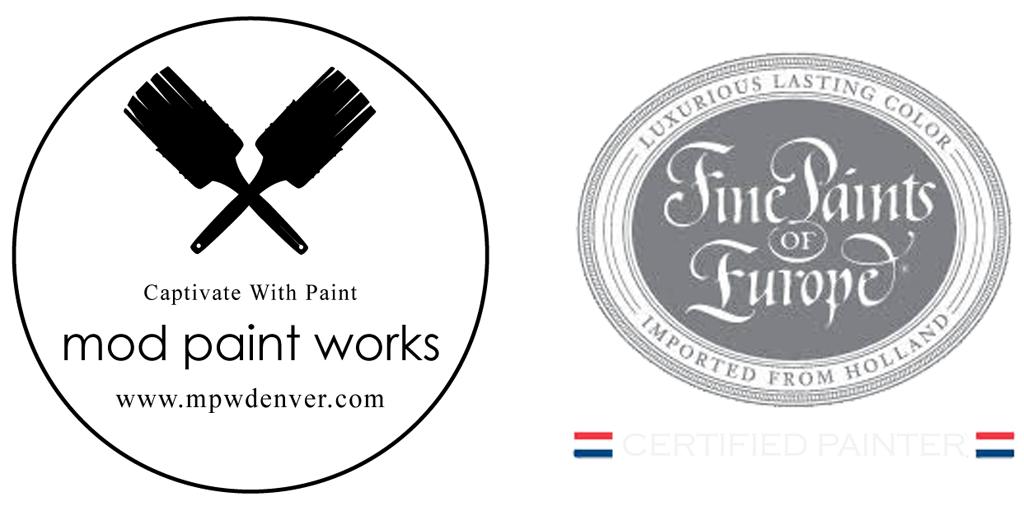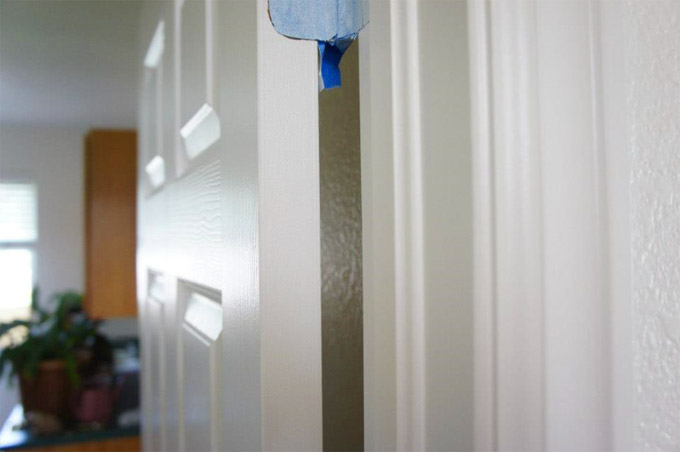Interior Painting – Trim
Perhaps The Most Important Surface
Interior painting is easily accessible for homeowners, mostly taking to a gallon of paint, brush and roller to change the color of walls. An easy way to update and maintain a home; paint offers protection for walls, keeps your home looking clean and maintains and even increases the value of a home. However, the one area that is often overlooked when interior painting: trim.
High-traffic Durability
Trim is the substrate that outlines your walls, doors, windows and offers a lot of added character. Whether a historic Victorian or a contemporary loft, the style of trim and the color it’s painted make a large impact. Speaking of impact, trim surfaces are also an area that receives a lot of use, such as door frames, where hands often wrap the door casing when closing a door, or kids just passing through a doorway. Baseboards often are the first surface to get bumped with the vacuum, as well as attracting dust and dirt to it’s white surface. Trim must be coated with a durable, washable paint that will stand up to high traffic and cleaning.
Trim-specific, Enamel Paints
Selecting a trim-specific paint will greatly assist in keeping your trim clean, looking new and holding up to heavy traffic. An enamel paint will cure to a hard surface, allowing easy cleaning and strength to handle abuse from vacuums, toys, shoes, etc. Typically coated in satin, semi-gloss or high-gloss – satin being the most universal – trim will benefit greatly from an oil-based enamel or water-modified oil enamel paint. The finish from these paint will also be smooth, almost glass-like, complementing and highlighting your walls.
Trim Style and Color
The style of home – historic, Victorian, modern, contemporary – will play a roll in your trim paint color. Typically painted with whites or off-whites, don’t be afraid to get adventurous! Take your the color from your wall paint onto your trim for a monochromatic look. This diminishes the strength of the trim and can increase the “size” of the room erasing any contrast between trim and walls. When working with historic homes, I always go for a bright white. Not right-off-the-shelf-white, but definitely a bright white with minimal undertones. This works with heavy, thick, historic trim and casings that are pronounced and give an idea of ‘history’ just by looking at it. When dealing with contemporary home styles, I select a color that works well with the walls colors on a universal level, yet isn’t too bright. Contemporary construction just doesn’t have the artfulness or history behind it to want to make it stand out. I like to let contemporary homes be subtle with wall and trim color, allowing artwork, furniture and accessories take the main stage.
Whatever style your home is, it’s still YOUR home. Make it how you want it. However, if you reside in a historic home with heavy, beautiful trim – be bold and choose a bright white!


